#Cynocephalidae
Note
i didn’t know the earth could offer so many interesting critters. 🥚 egg time
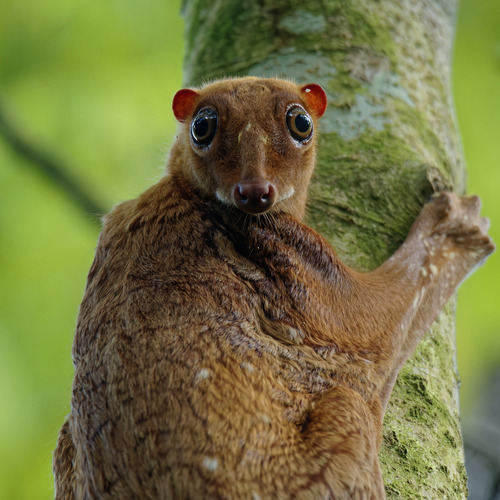
Sunda colugo!
(Galeopterus variegatus)
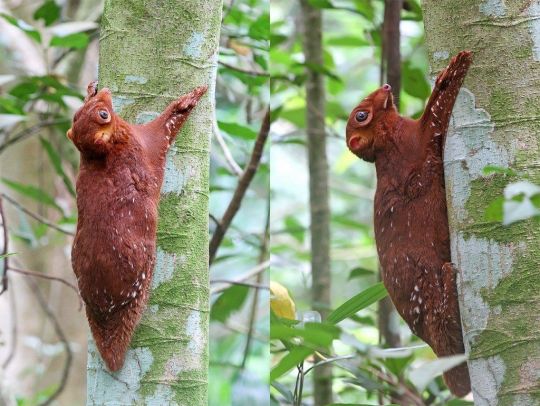
274 notes
·
View notes
Text

A mother and baby Sunda colugo, (Galeopterus variegatus). (Hi-Res).
#baby#babies#colugo#colugos#sunda colugo#flying lemur#flying lemurs#galeopterus#galeopterus variegatus#cynocephalidae#animal#animals#baby animal#baby animals#arboreal#nature#singapore
33 notes
·
View notes
Text

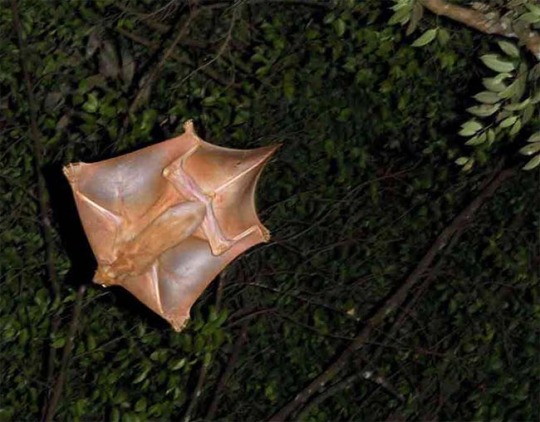

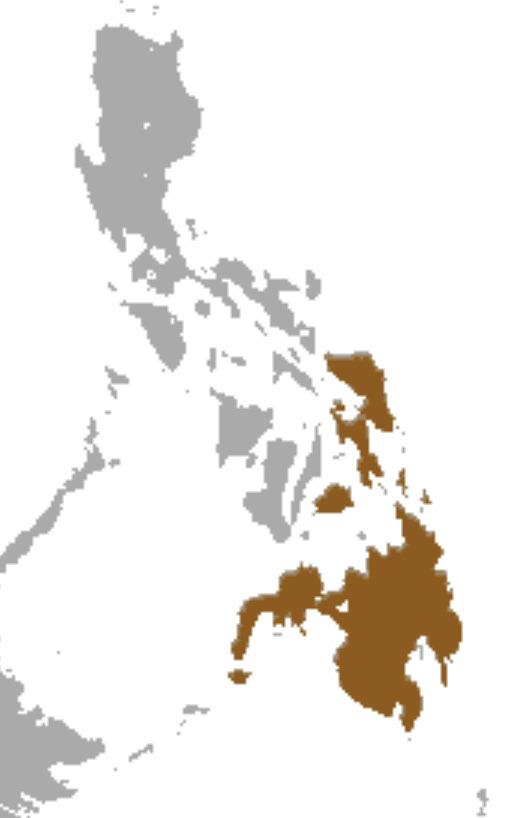
Philippine colugo
Cynocephalus volans
Family cynocephalidae, order dermoptera, mirorder primatomorpha
It’s the only one in its genus.
It is also known as the kagwang, and philippine flying lemur. It is not a lemur though, nor does it fly. It glides and is a close relative of primates. It isn’t a primate tho.
There are only two official members of its order. This guy, and the sunda colugo. There are two others that haven’t been formally classified: the bornean colugo and the javan colugo.
They stay up in the canopy or mid level of rainforests and rarely come to the ground. They’re kinda clumsy when climbing and have sharp claws and opposable thumbs.
They carry their babies with them using their skin like a pouch. Kind of like bats. They care for their young only until they’re weaned.
They are about 90% of the diet of the philippine eagle
@jackalspine @fifiibibii
3 notes
·
View notes
Text
Working out the brain by going on a Wikipedia deep dive.
Anyway I would like to introduce you all to the Colugo!

There are two species of these guys, and they’re colloquially known as flying lemurs (despite being gliding mammals, and also not lemurs).
The two species, The Sunda Flying Lemur (The image above), and the Philippine Flying Lemur (the image below) , are the only members of their Family (Cynocephalidae) as well as their Order (Dermoptera).
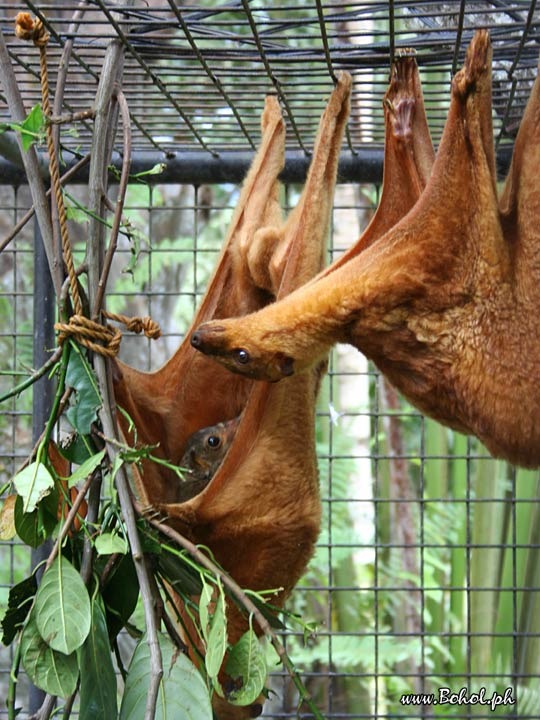
Sunda Colugos are found throughout Southeast Asia, in Malaysia, Sabah, Singapore, Indonesia, Bali, and many adjacent islands. The Philippine colugo on the other hand, is only found in the Philippines.
The closest mammals related to them are Primates, and colugos are the sister group of the ANCESTORS of Primates. These ancestors broke off into Plesiadapiformes (the extinct sister group of primates), and modern primates. So in untechnical terms, colugos are the aunt group of us primates!
Despite being placental mammals (mammals with nipples that aren’t marsupials), Colugos reproduce very similar to marsupials! They give birth to their young at a very early stage in development, then fold their long webbed tail into a pseudo pouch to Store their young in. These babies become mature at around 2 to 3 years old.
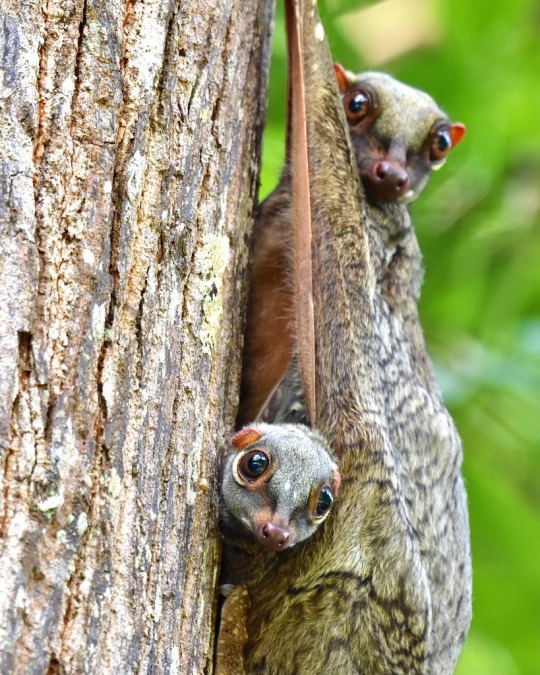
Colugos are arboreal, meaning they live in the trees, and their blanket like appearance is due to the webs of skin between their limbs and tail, which allows them to glide from tree to tree. Despite their fuzzy top side, their underbellies are completely hairless, which makes them appear like a naked man kite when gliding.

Colugos were classified as Vulnerable in 1996, but were reclassified as least concern in 2008. As tree living species, they are particularly vulnerable to deforestation, and their presence is important as they make up 90% of the diet of the endangered Philippine eagle.
Lastly. Baby colugo is his own hammock.

3 notes
·
View notes
Photo
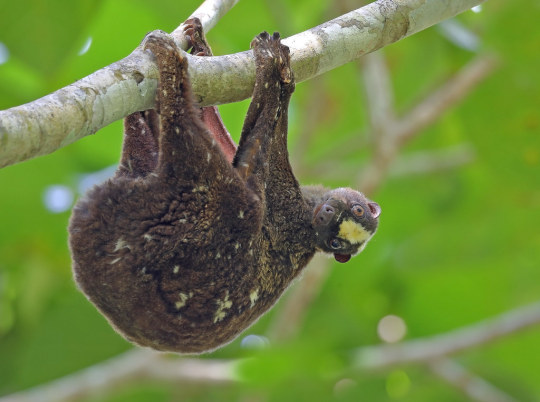
Philippine colugo (Cynocephalus volans) at Raja Sikatuna National Park in the Philippines
Sheau Torng Lim
143 notes
·
View notes
Photo


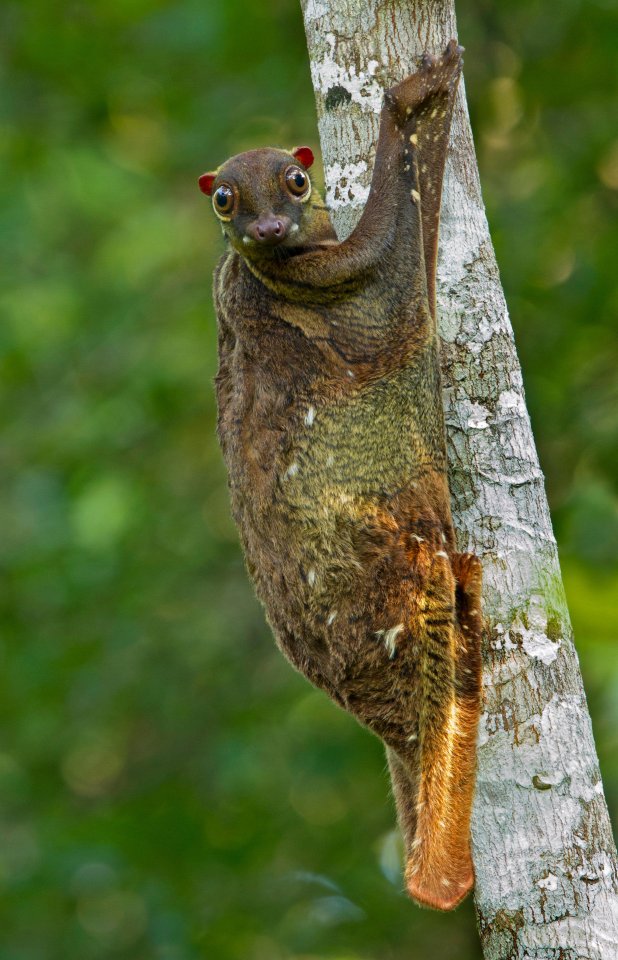
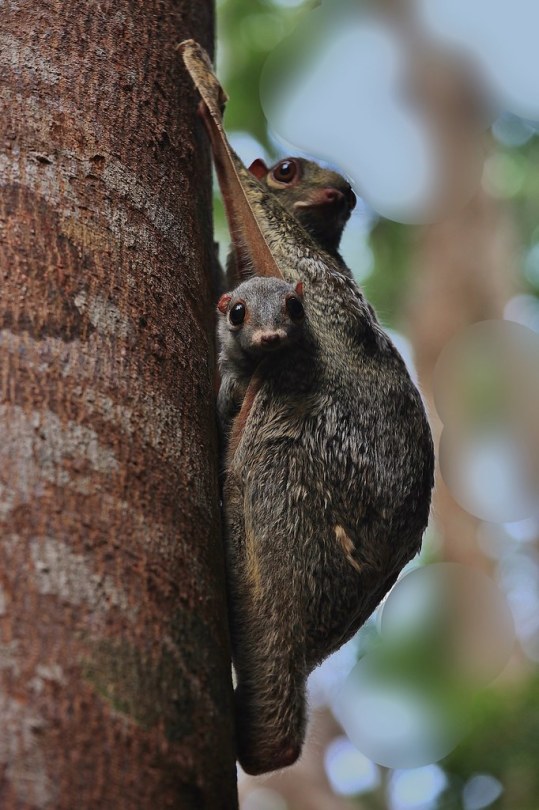
A Fantastic Sunda Flying Lemur
Somewhat misnamed, the Sunda flying lemur or Sunda colugo (Galeopterus variegatus) is a species of small, gliding mammal native to the tropical rainforests of southeast Asia. Galeopterus variegatus is not a lemur, but they are closely related to primates. They spend their entire lives in the canopy, and is actually fairly helpless on the ground. Like other gliding mammals, the Sunda colugo is specially adapted for its lifestyle: a thin membrane of skin called the patagium connects all four of their limbs and the tail, and allows them to move smoothly from one tree to another. The tail can also be converted into a pouch which the Sunda colugo can use to carry its young while climbing or gliding.
Sunda flying lemurs mate throughout the year, and after a short two month pregnancy, females give birth to just one baby. Male parental care is uncommon, although Sunda flying lemurs can live in loose groups within an area. Young are weaned after only six months, although they generally stay with their mother for up to three years. During that time, the mother may mate again, and females are able to nurse one baby while pregnant with another. Their lifespan is unknown, although some captive individuals were as old as seventeen when they died.
As with many lemur-like species, Sunda colugos are herbivorous. Fruit takes up a large part of their diet, although they also feed on flowers, buds, and sap. Their specialized, comb-shaped lower insicors are thought to have been developed to scrape sap from trees or flowers. They are also known to lick the bark of certain trees to obtain various nutrients and water. G. variegatus is mainly nocturnal; during the day they sleep in branches or holes of trees, and at night travel through the treetops to look for food and potential mates. They are exceptionally skilled gliders, capable of travelling over 100 meters without losing much elevation, and can use their tail and limbs to change direction or slow down.
Conservation status: Rated by the IUCN as least concern, although populations are declining. The Sunda flying lemur is able to adapt to disturbed forests, but habitat loss, competition with invasive species, and hunting all pose threats.
#sunda flying lemur#Dermoptera#Cynocephalidae#colugos#flying lemurs#mammals#tropical fauna#tropical mammals#tropical forests#tropical forest mammals#tropical rainforests#tropical rainforest mammals#islands#island mammals#southeast asia#animal facts#biology#zoology
133 notes
·
View notes
Text

Edinburgh Journal of Natural History and of the Physical Sciences, Vol. I (c. 1835-1839)
#Wonder Rooms#Cabinet of Curiosities#Public Domain#Edinburgh Journal of Natural History and of the Physical Sciences#19th Century#Scientific Illustration#Zoology#Animalia#Mammalia#Dermoptera#Cynocephalidae#Gliding mammals#Colugo#Flying Lemur
10 notes
·
View notes
Photo

Sunda colugo (Galeopterus variegatus)
Photo by _husky_
#sunda colugo#sunda flying lemur#colugo#galeopterus variegatus#galeopterus#cynocephalidae#dermoptera#primatomorpha#euarchontoglires#boreoeutheria#eutheria#mammalia#tetrapoda#vertebrata#chordata
30 notes
·
View notes
Photo
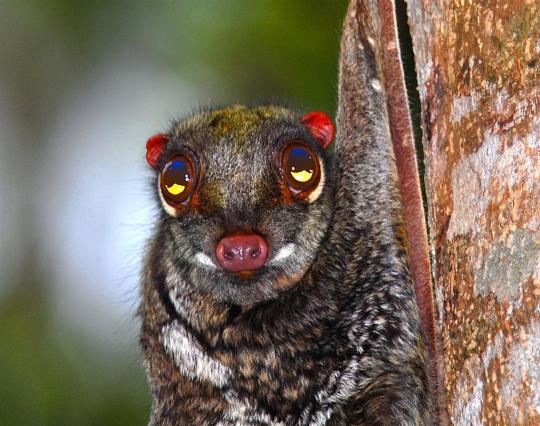
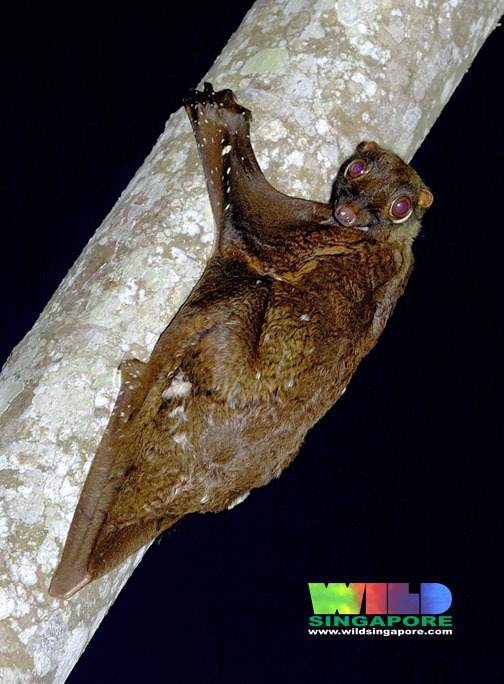
Colugo
Family: Cynocephalidae
Known as Flying Lemurs (a name which has no real relevance to them as they are not only not related to Lemurs, but they cannot technically fly, either), Colugos live in South East Asia and have the ability to glide over spaces of over 200 feet due to the pieces of skin which are attached to their front and rear legs.
Eating only fruit and plants, Colugos have been subject to a fall in numbers over the past ten years especially, mainly due to a loss of habitat because of human destruction.
1 note
·
View note
Text
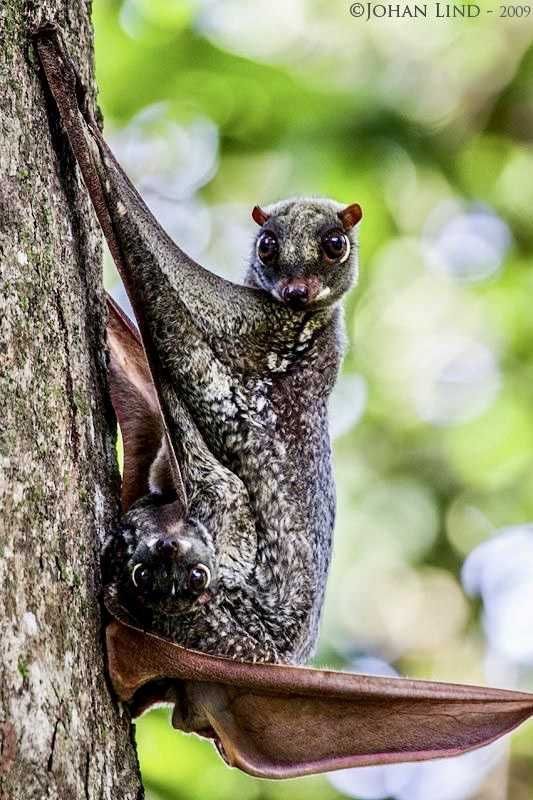
I’ve just discovered another animal I thought had to be fake. No. It’s real.
This is a colugo.
“arboreal gliding mammals that are native to Southeast Asia. Their closest evolutionary relatives are primates. There are just two living species of colugos: the Sunda flying lemur and the Philippine flying lemur. These two species make up the entire family Cynocephalidae and order Dermoptera.”
I knew flying squirrels and lemurs were a thing. I did not know there was a winged lemur.
Look at that face. Just look. What kind of a face is that?
72 notes
·
View notes
Text



Mother and baby Sunda colugo (Galeopterus variegatus) in Singapore. (Hi-Res 1, 2, 3).
#baby#babies#colugo#colugos#sunda colugo#flying lemur#flying lemurs#galeopterus#galeopterus variegatus#cynocephalidae#animal#animals#baby animal#baby animals#arboreal#nature#singapore
8 notes
·
View notes
Photo
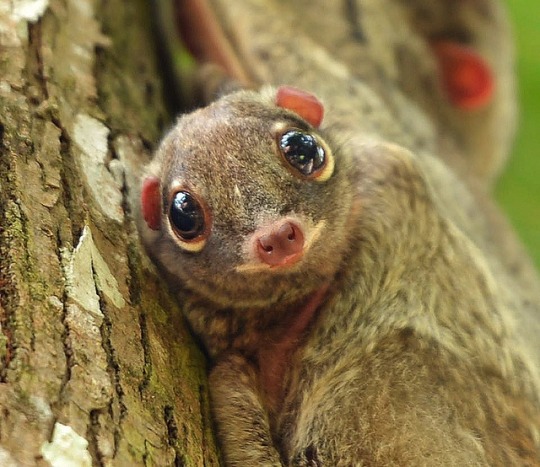
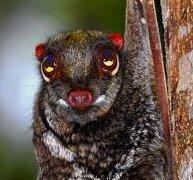
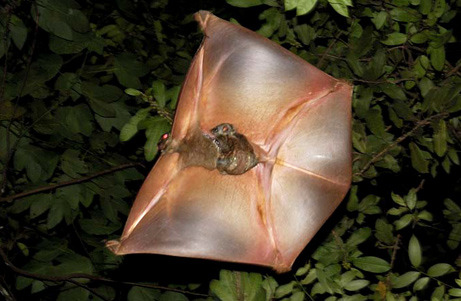
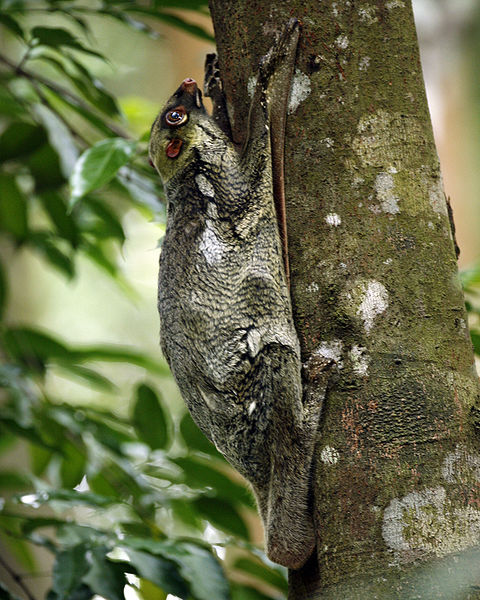
Colugo (Cynocephalidae)
Colugos are arboreal gliding mammals that are found in Southeast Asia. Just two extant species make up the entire family Cynocephalidae. They are the most capable gliders of all gliding mammals, using flaps of extra skin between their legs to glide from higher to lower locations. They are also known as cobegos or flying lemurs, though they are not true lemurs. They are surprisingly clumsy climbers. Lacking opposable thumbs and not being especially strong, they proceed upwards in a series of slow hops, gripping onto the bark of trees with their small, sharp claws. Colugos are shy, nocturnal, and restricted to the tropical rainforests. Both species are threatened by habitat destruction.
photo credits: civet bat, Flickr, Nat Geo, boscage
724 notes
·
View notes
Photo
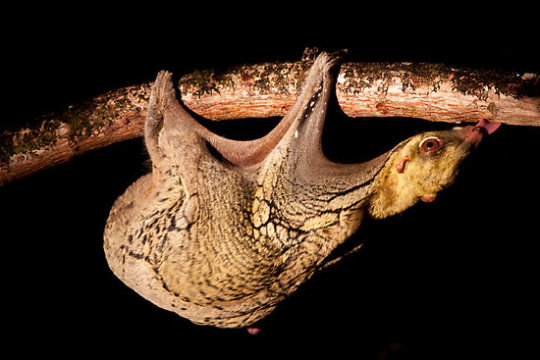
Name: Sunda Flying Lemur (Galeopterus variegatus)
Phylum: Chordata
Class: Mammalia
Order: Dermoptera
Family: Cynocephalidae
Region: Southeast Asia (Thailand, Malaysia, Singapore)
Risk of Extinction: Least Concern
(photo taken from http://www.redbubble.com/people/tara-leigh/works/4681314-feeding-malayan-colugo)
#mammalia#dermoptera#cynocephalidae#southeast asia#thailand#malaysia#singapore#least concern#asia#chordata
1 note
·
View note